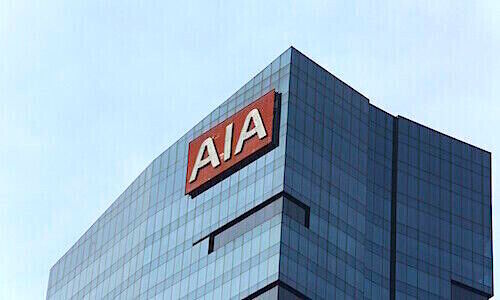According to CBRE’s recently published report, The Expanding Role of Chinese Capital in Global Real Estate Markets, over the past four years, annual China-sourced outbound flows to commercial real estate experienced a compound annual growth rate (CAGR) of approximately 72% to reach over US$10 billion for the year 2014. This is the first time annual flows have exceeded the US$10 billion mark. China also accounted for over a quarter of total outbound commercial real estate investment from Asia during 2013 and 2014.
What began with China’s sovereign wealth funds (SWFs) and tier-one insurers purchasing high-profile trophy assets abroad has now spread to acquisitions by mid-tier insurers and corporate investors. Meanwhile, Chinese real estate developers have also been quite active, expanding into overseas markets in a bid to meet increasing demand from mainland HNWIs for residential assets in key destinations.
The Rapid Rise of Chinese Capital:
Frank Chen, Executive Director and Head of CBRE Research, CBRE China, commented, ”the past two years have seen an explosive growth in purchases of offshore real estate by Chinese investors including HNWIs, corporations and institutional investors. Each of the groups, however, is driven by a different set of motivational factors.
For mainland HNWIs, the purchase of offshore residential property often ties in with the desire to support the overseas study of their children and is in preparation for intended immigration.
For Chinese developers, the main drive to purchase offshore property is not simply to establish office premises for global expansion, but rather to meet increasing demand from mainland HNWIs for residential properties in key offshore destinations.
For mainland institutional investors, the main motivation for offshore property investment is to obtain access to a wider array of attractive investment opportunities and diversify a growing pool of domestic wealth.
CBRE’s Global Investor Intentions Survey 2015 revealed London as the most preferred city for investment amongst global investors seeking to purchase commercial real estate assets. With a large and liquid real estate market, as well as a transparent, relatively stable and highly developed market environment, London has drawn widespread enthusiasm from global investors.
Real estate acquisitions in London accounted for approximately 80% and 52% of total China-sourced commercial real estate investment flows to Europe in 2013 and 2014, respectively. Even as yields in gateway cities across the globe continue to compress, they are likely to remain comparatively attractive in London; national employment figures for the UK are at a multi-decade high and forecasts of stable economic growth are expected to support the strong performance of local property markets over the next few years.
US-bound flows accounted for over a fifth of total outbound investment from China in 2013 and 2014, the majority of which has gone to hotel and office assets in gateway cities. Over the two-year period, purchases of hotel and office assets in New York, Los Angeles, Chicago, Houston and San Francisco accounted for over 60% of US-bound capital to commercial real estate, with purchases of premium office and hotel assets in New York and Los Angeles comprising approximately half of the total.
While the high level of Chinese investment into the US and the UK is due in significant part to the size of each nation’s respective economy and international financial centers, Australia has instead relied largely on the strength of its commercial ties with China, its largest trading partner.
In 2014, China rose to become the second largest foreign purchaser of commercial property in Australia, behind only Singapore, with properties in Sydney the most attractive to Chinese investors.




















